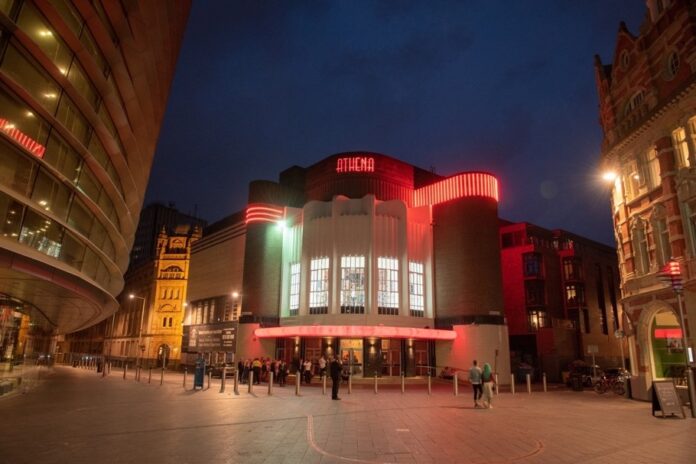The meetings and events landscape post-pandemic offers second-tier cities the chance to thrive, says Sandeep Singh, Managing Director of Athena, the Art Deco Grade II-listed events venue located in Leicester’s cultural quarter.
With the rise of digital connectivity and remote working, employees are more dispersed around the UK than ever before. This new era of mobility presents an unmissable opportunity for second-tier cities to thrive and shine as event hosts as they become much more viable options. Venues with a central base that can welcome guests from all around the country are now simply more practical and highly desirable.
But that’s not all. With news headlines dominated by financial challenges and budgets inevitably becoming tighter, moving events to a second-tier location can offer lower venue costs and greater value for money for a very similar product in major cities like London, Manchester, or Birmingham. There tends to be less congestion and traffic reaching the smaller cities, meaning access to the venue is a lot easier, too.
For delegates and organisers, there is also a reduction in travel time and distance – a big tick for sustainability – as well as travel expenses. Planners can expect enhanced flexibility and a stand-out level of service.
It also allows for more personalisation. For example, when Athena hosted the FSB National Conference (Federation of Small Businesses), the delegates were welcomed from the train station by hosts directing them to the venue, making the visitors feel more welcome by the city. For Athena, being in the centre of Leicester and the centre of the country, it is easier for delegates to access from all over the country.
Choosing a second-tier destination also gives delegates an opportunity to explore new places, different cultures, and local experiences that they may not have had before, helping to create memorability. Delegate expectations are higher than ever, and they are craving something different – something out of the norm, and this is where second-tier cities and their venues can truly deliver. Ultimately, what second-tier destinations may lack in size, they more than make up for in service levels, value, flexibility, attentiveness, and charm.












